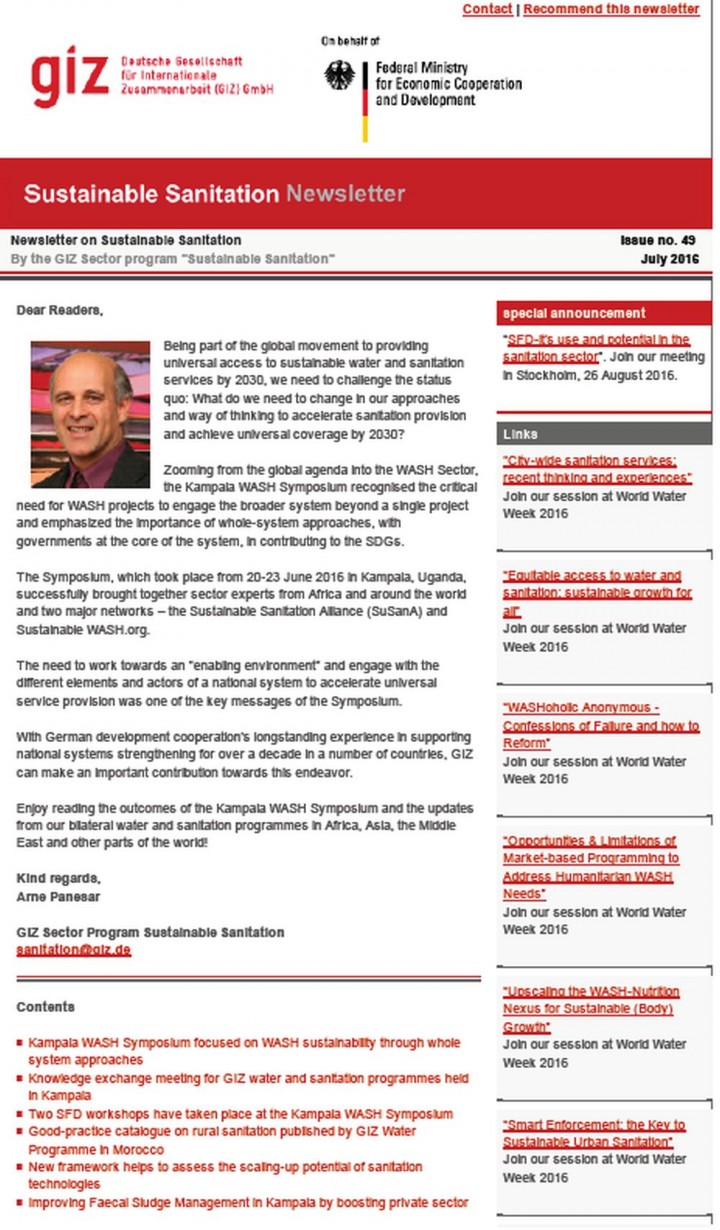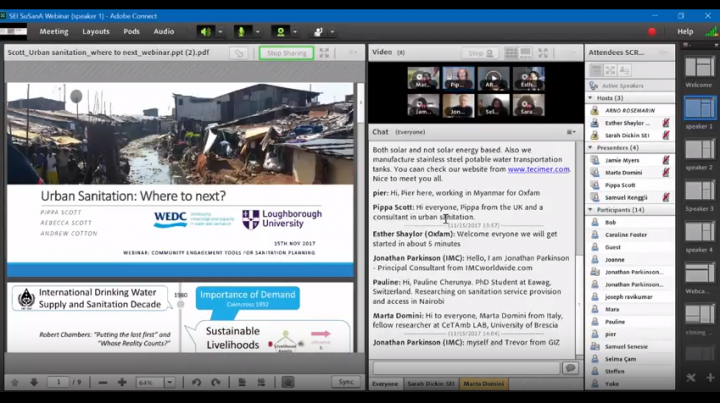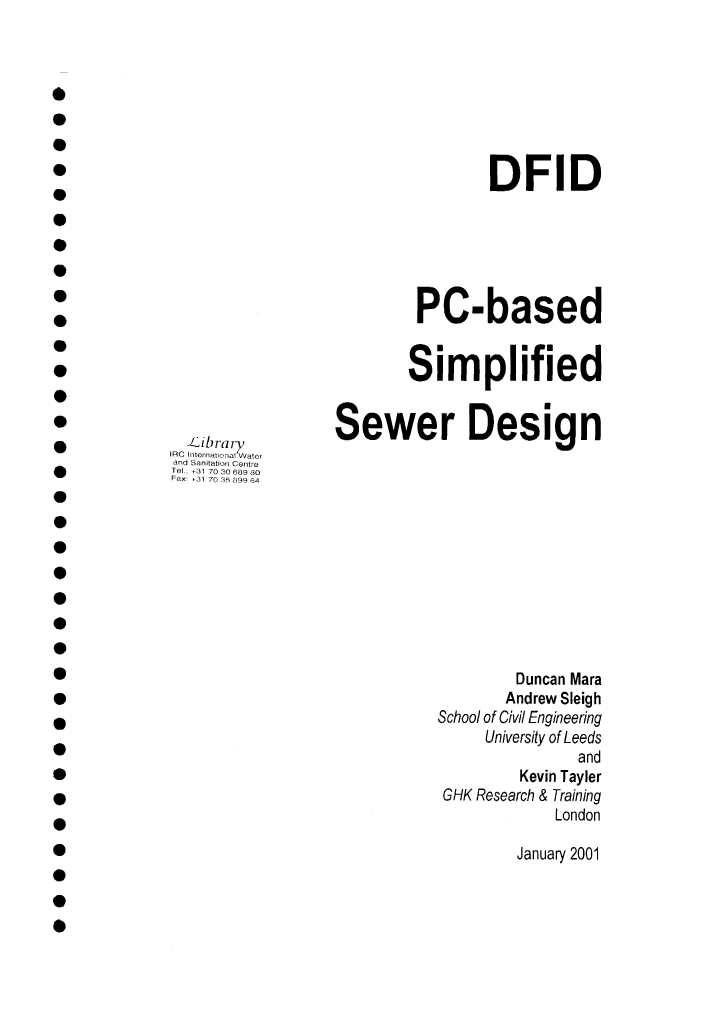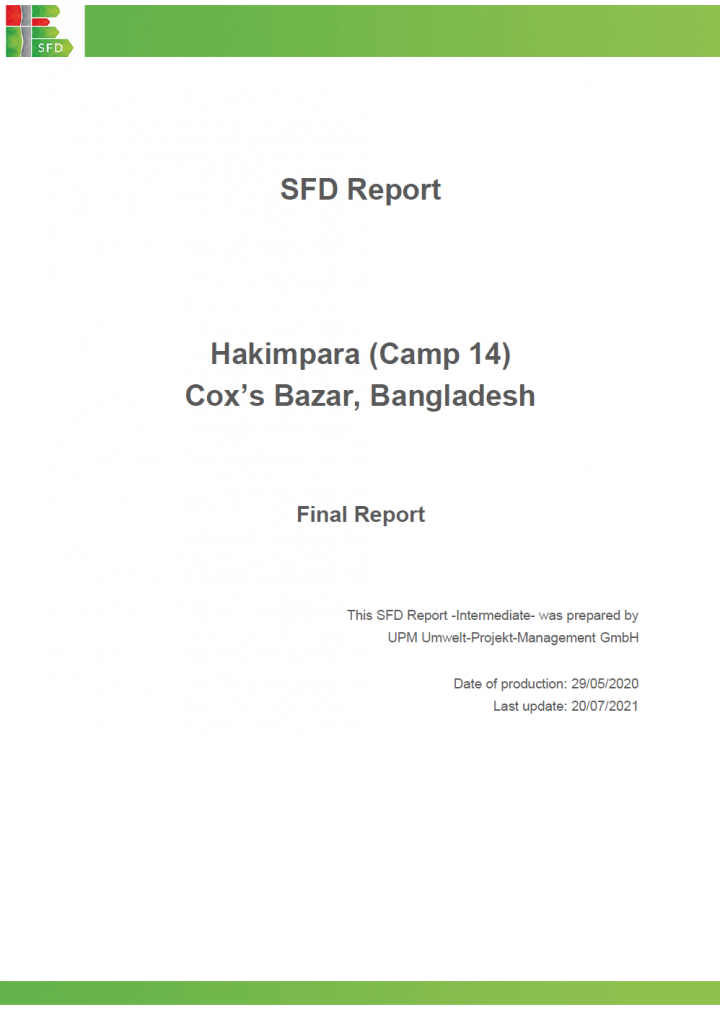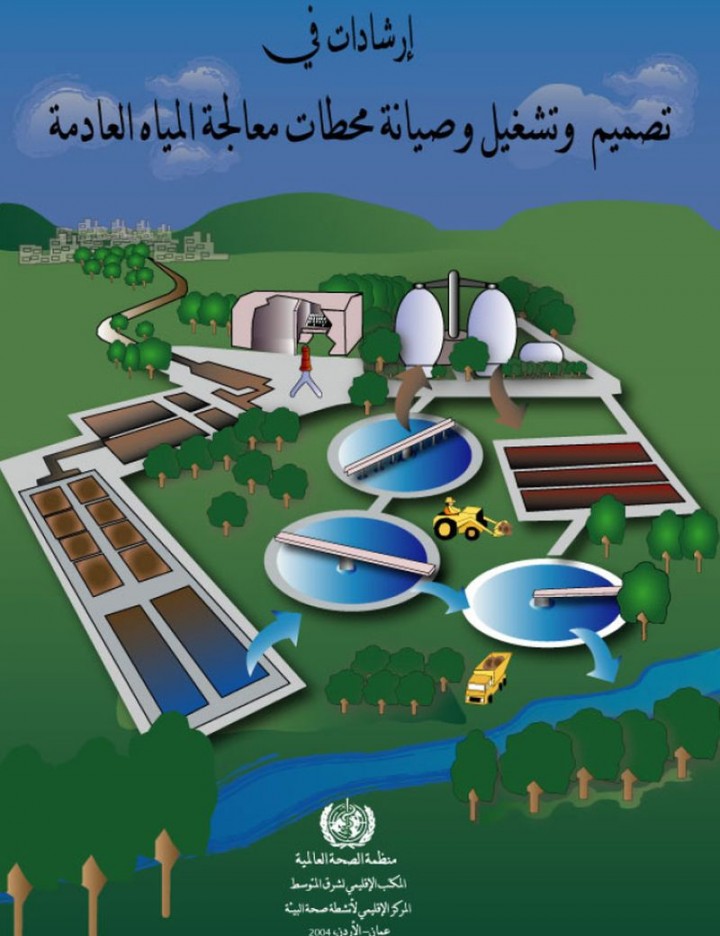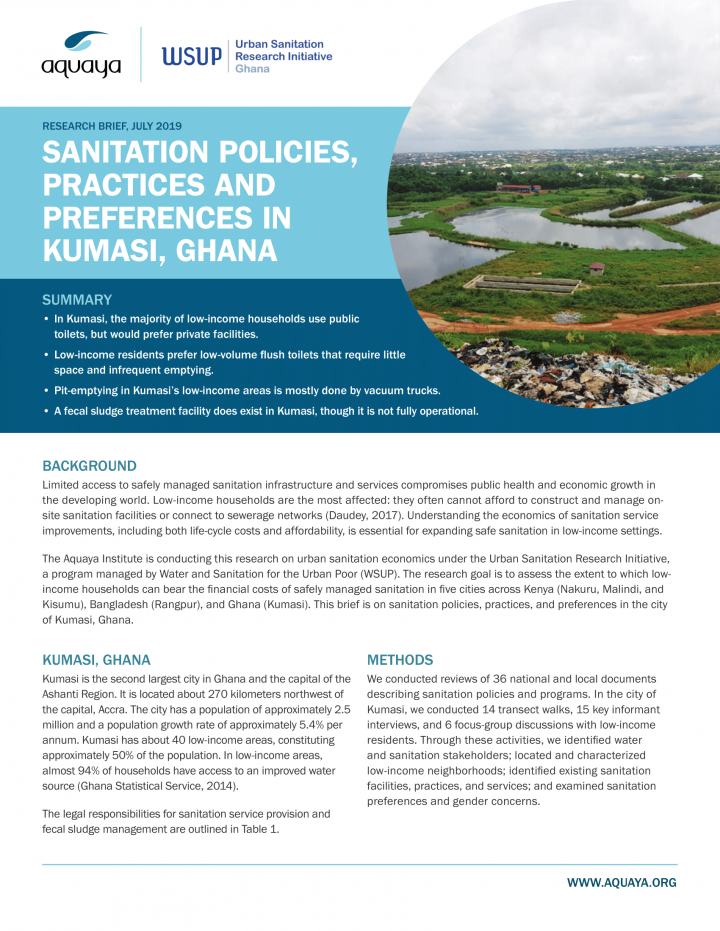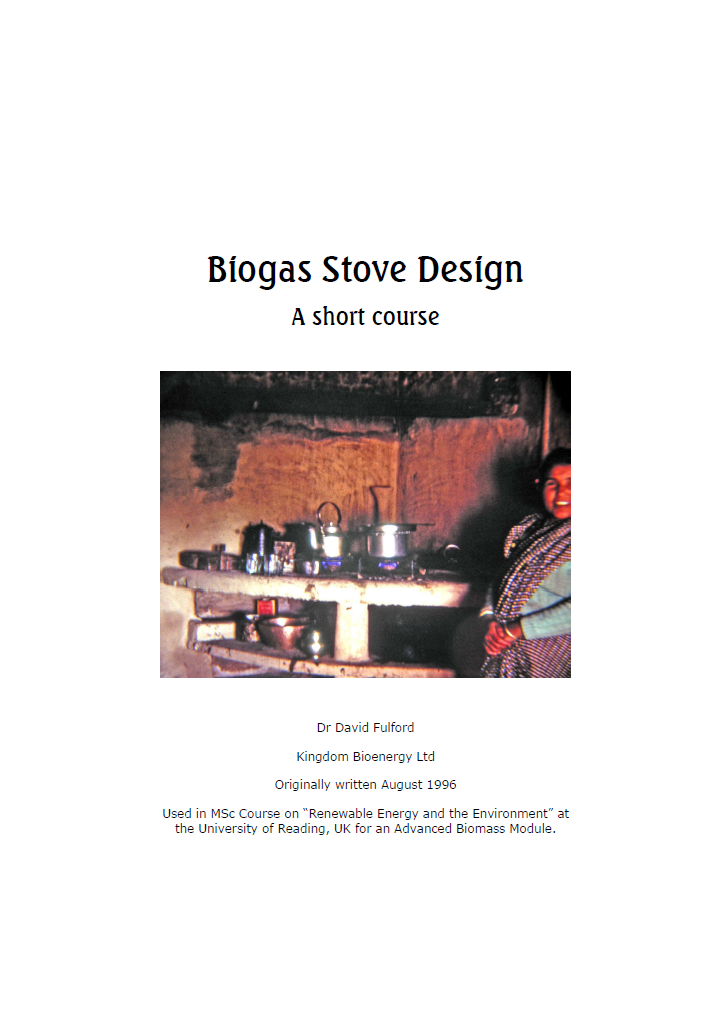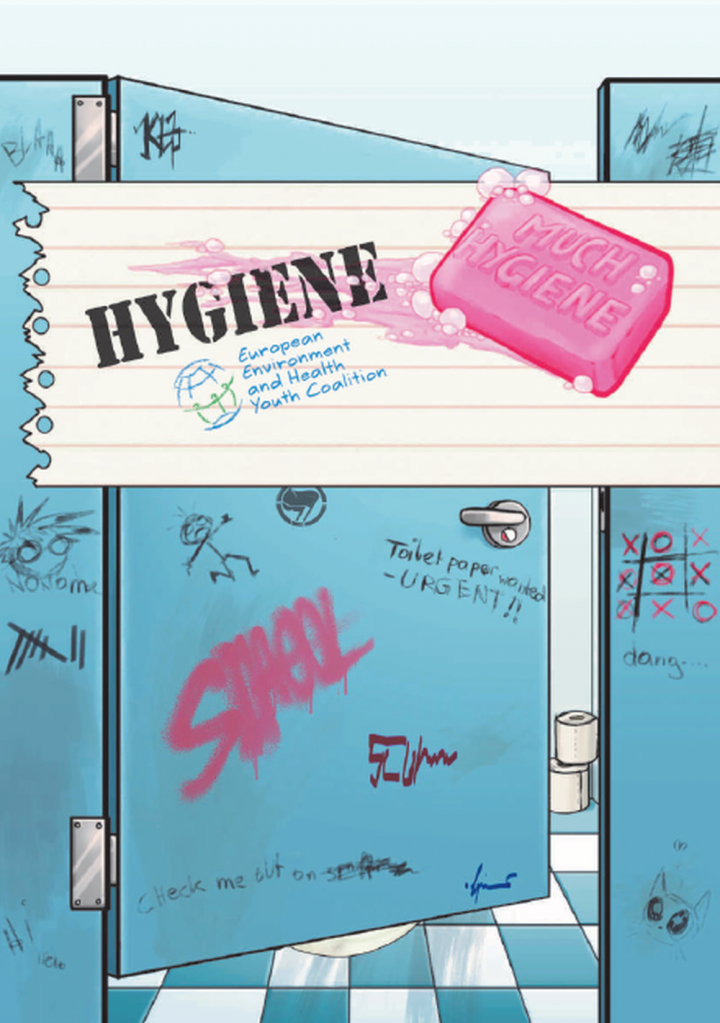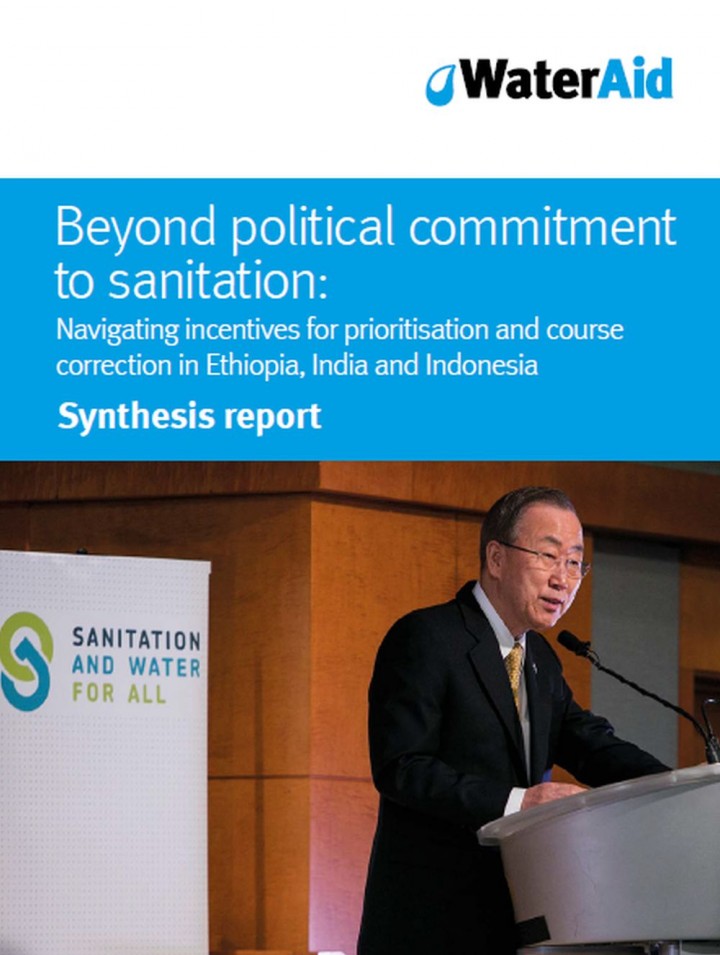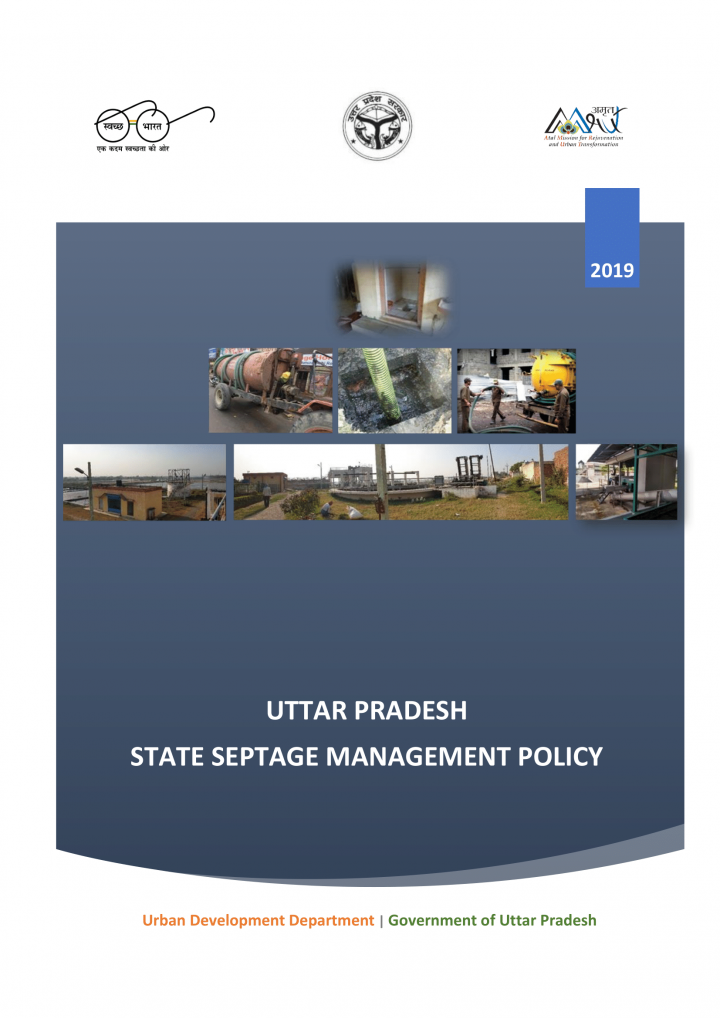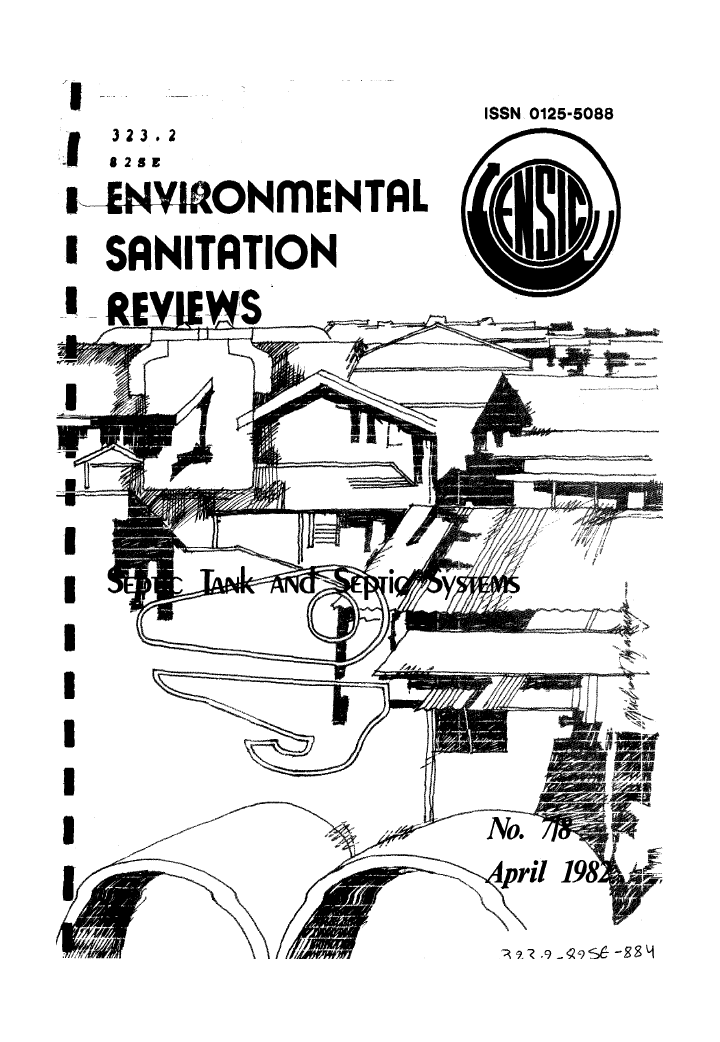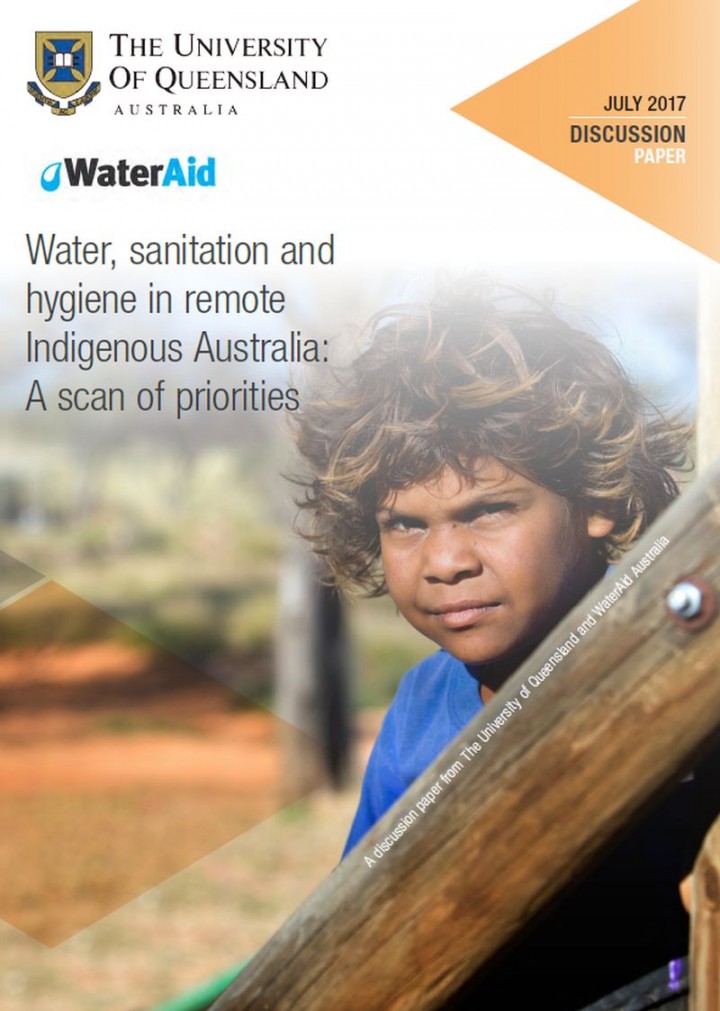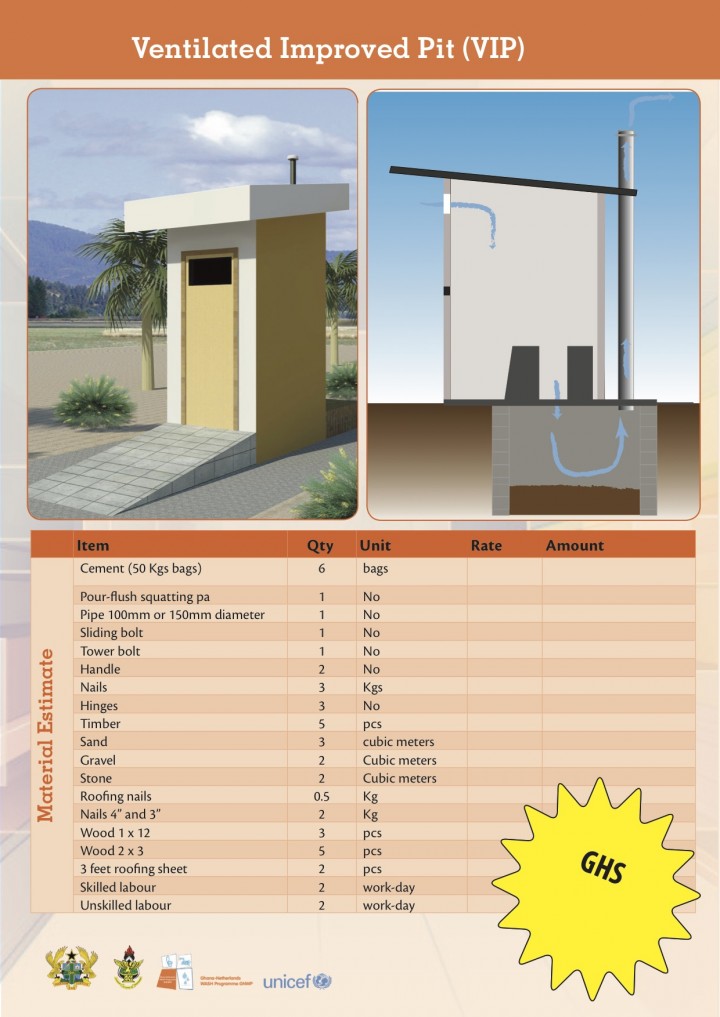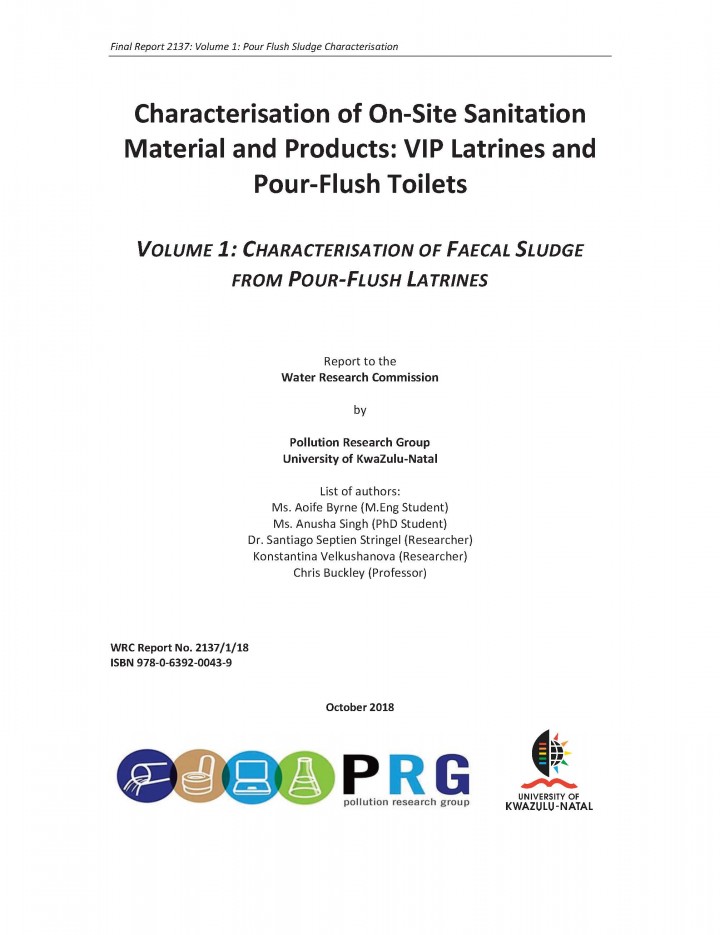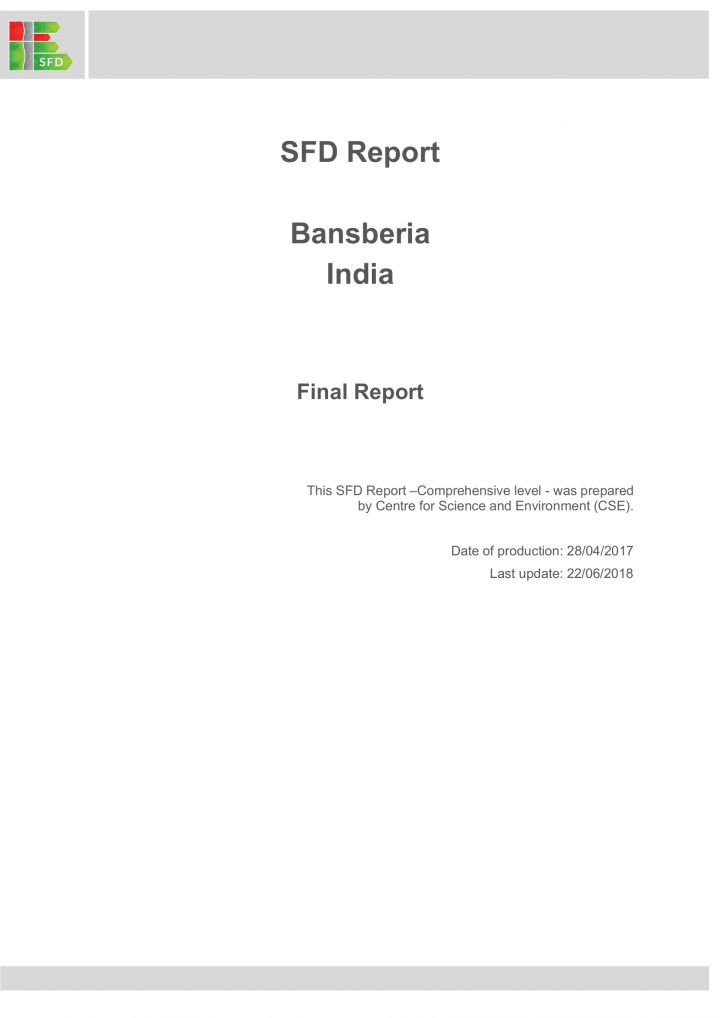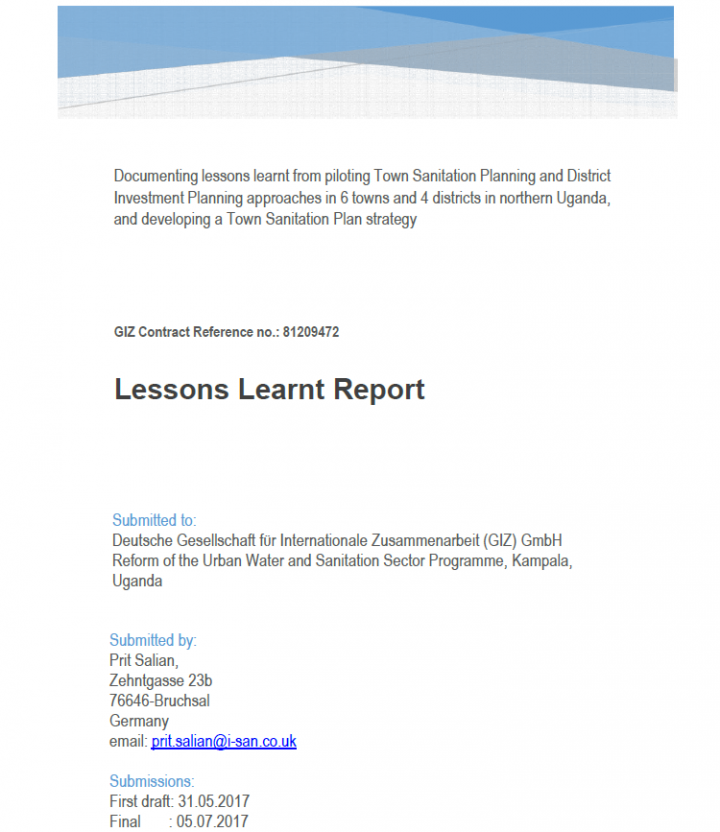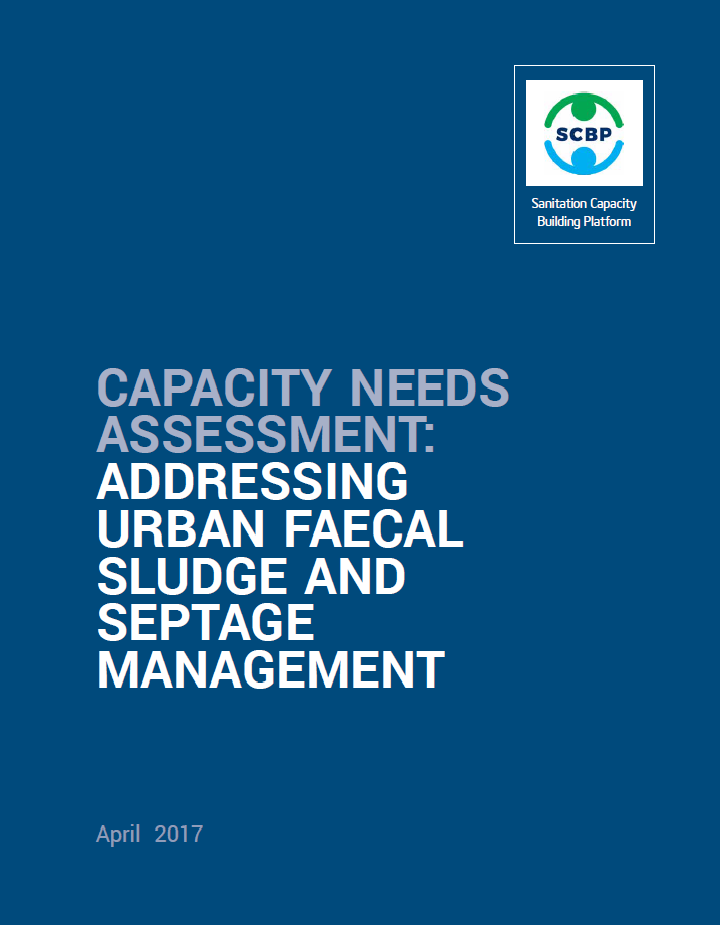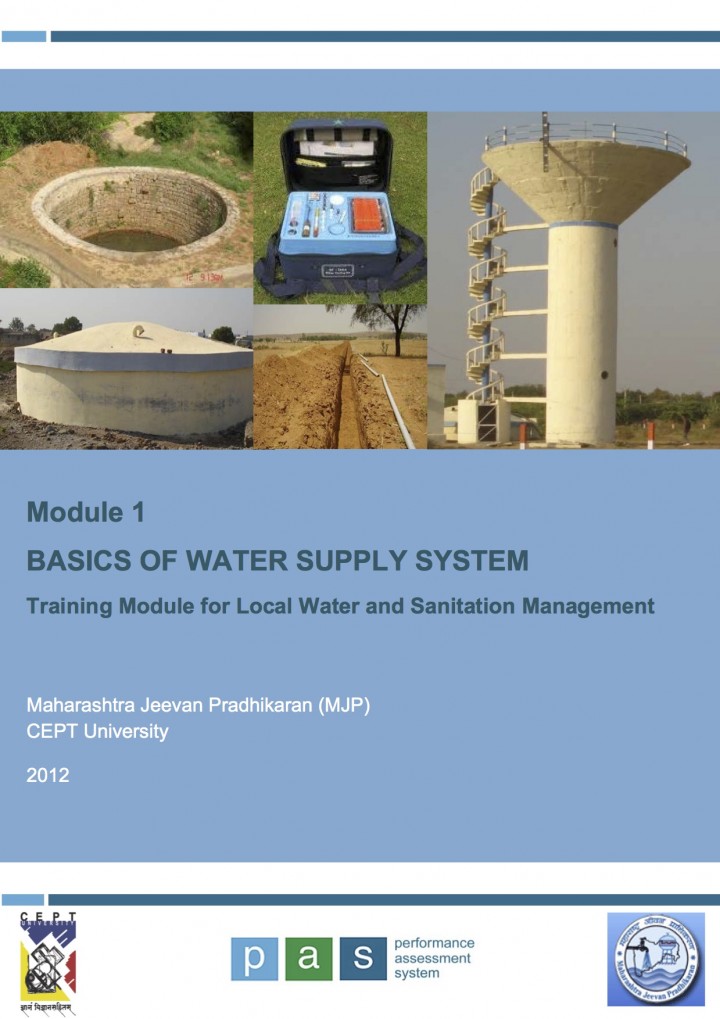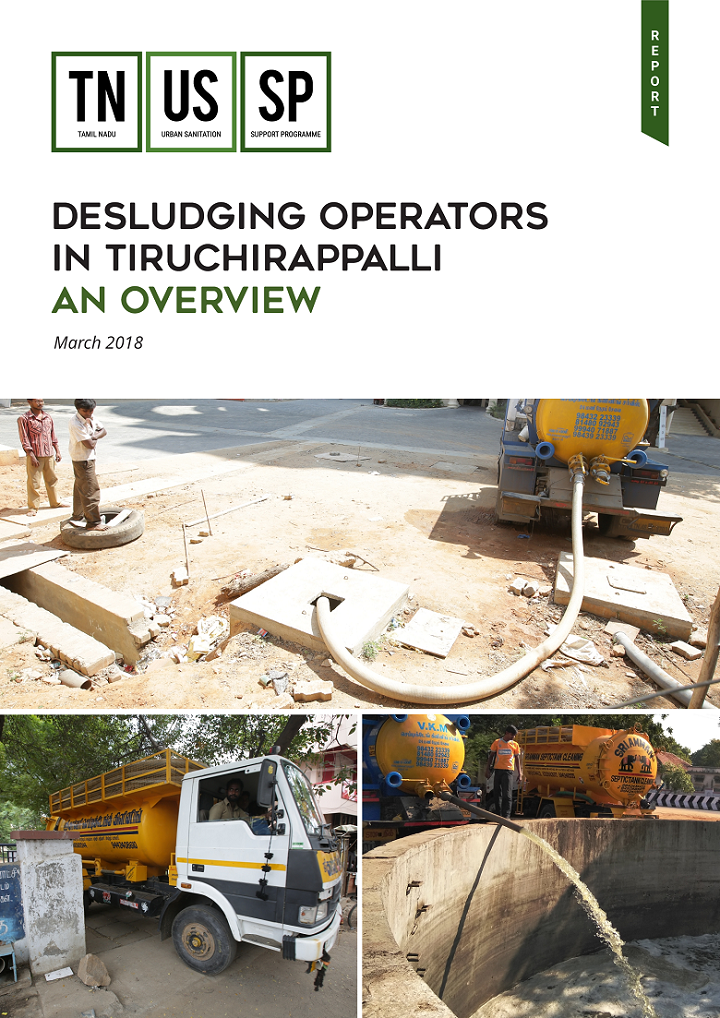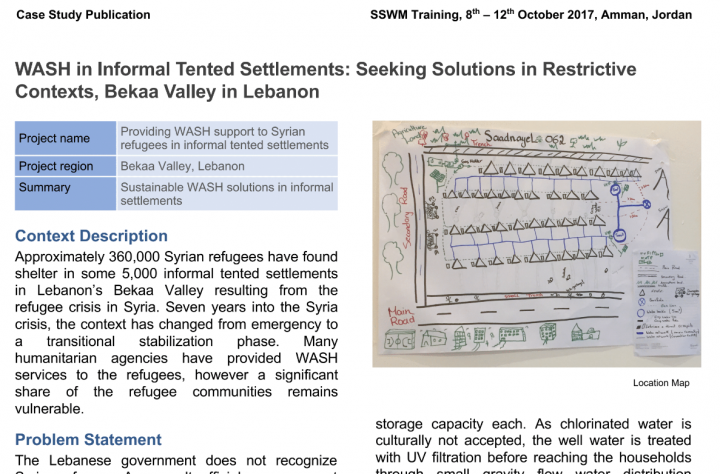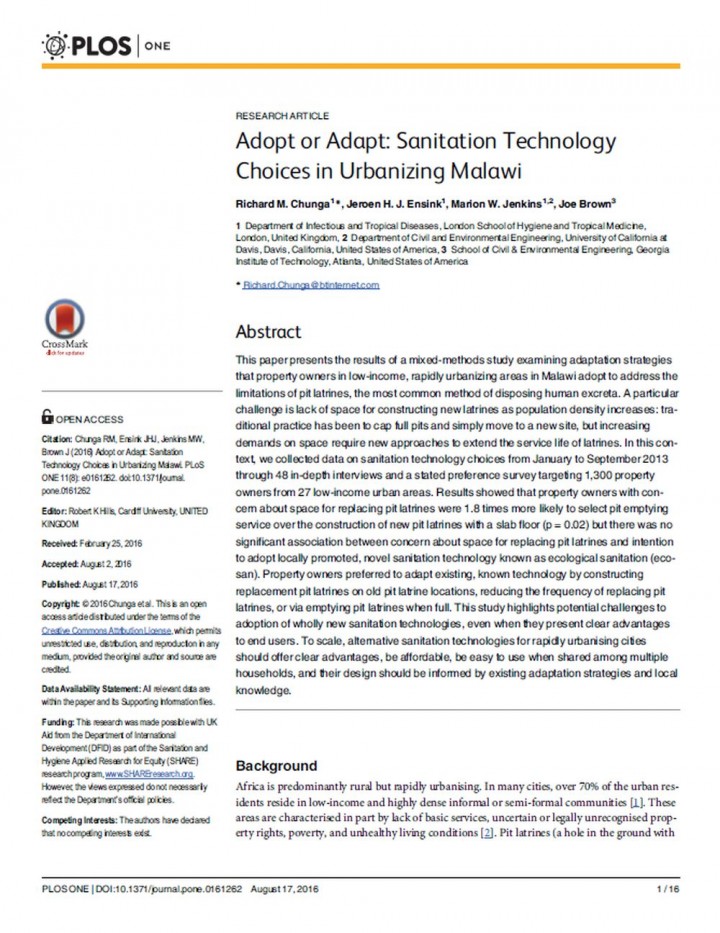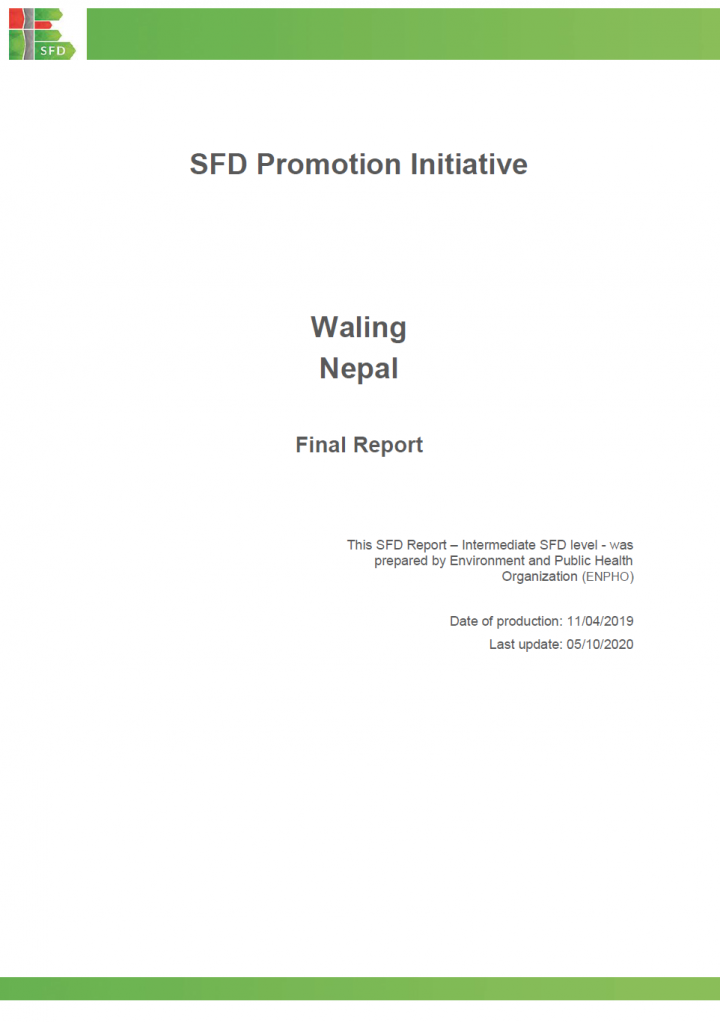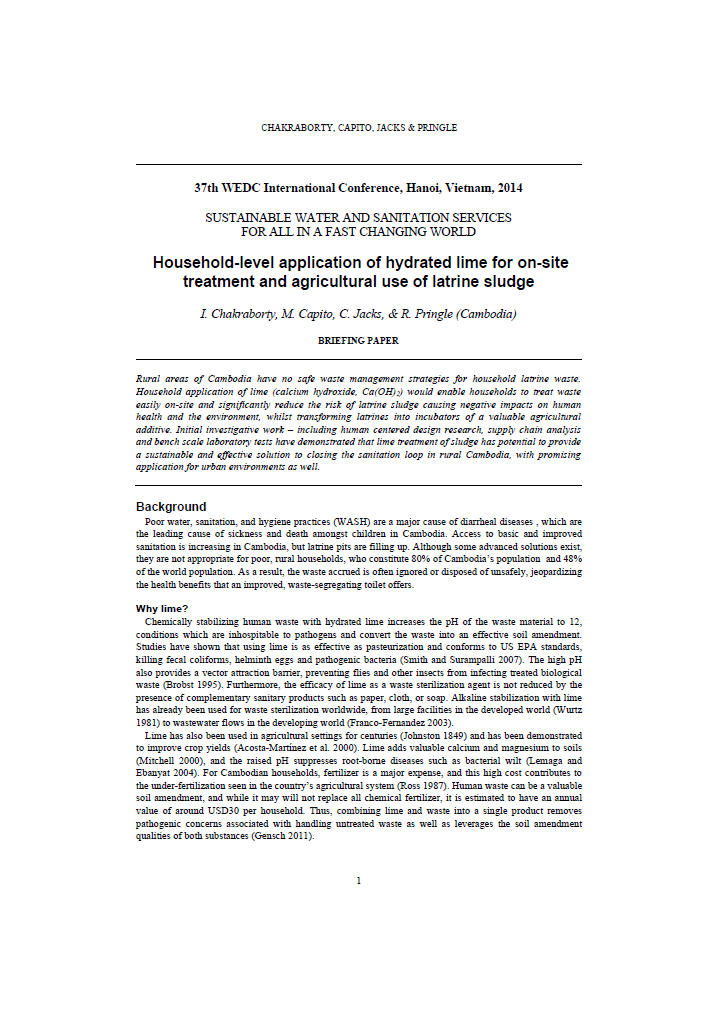Searching for information on Sanitation Workers?
The Sanitation Workers Knowledge + Learning Hub is the best source for all current news, trends, articles and updates on sanitation workers rights around the world.
Archived newsletters of the regular electronic news bulletin from the sustainable sanitation projects. These newsletters were sent to subscribed members involved in initiatives and projects in the field of sanitation.
Discusses news, publications, books, studies, conferences, online information, and events
Simplified sewerage is an important sanitation option in peri-urban areas of developing countries, especially as it is often the only technically feasible solution in these high-density areas. It is a sanitation technology widely known in Latin America, but it is much less well known in Africa and Asia. It is the purpose of this Manual to disseminate this technology more widely in the developing …
This SFD report looks at Hakimpara, Camp 14, a sub-division of a larger Rohingya refugee camp site in Palong Khali union, Teknaf upazila, Cox’s Bazar District (CXB District) in Bangladesh. As for end February 2021, there were 32,815 people registered in Camp 14 and over 870,000 people (Inter Sector Coordination Group - ISCG 2021 & UNHCR 23.03.2021) registered in total in the 34 sub-camps and in …
The Aquaya Institute is conducting this research on urban sanitation economics under the Urban Sanitation Research Initiative. This brief is on sanitation policies, practices, and preferences in the city of Kumasi, Ghana.
SUMMARY
• In Kumasi, the majority of low-income households use public toilets, but would prefer private facilities.
• Low-income residents prefer low-volume flush …
Water, sanitation an Hygiene (WASH) conditions are playing a big role in our everyday live.
Having Information and knowledge as well as caring about hygiene can not only save lives and ensure better health but it could also help achieve educational, social and economic improvement.
As we see it, schools, being a place of knowledge, are in a good position to get a massage across about the …
A growing number of countries are showing commitment on sanitation at the highest levels of government. However, to turn this commitment into action, it is necessary to permeate the prioritisation of sanitation throughout the government machinery and to ensure course correction, adapting policy to the blockages and emerging implementation challenges. This research explores these processes in …
The goal of the Uttar Pradesh State Septage Management Policy (UPSSMP) is to improve water quality and protect public health in urban areas of the State by 2023. The objective is to enhance the ability of local implementers to build and operate septage treatment systems for urban centers and promote the behavior change and supporting environment needed for systems to be effective and sustainable. …
This paper presents a state-of-the-art review on the septic tank and septic systems. Information on design and functional aspects, and environmental effects of septic tank systems are presented. In addition, some important research needs as reported in the literature are pinpointed. It should be noted that this review paper contains neither standards nor rules and regulations pertaining to septic …
This discussion paper presents a scan of the current status of water, sanitation, and hygiene services and challenges in remote Australian Indigenous communities. It was conducted to make explicit the challenges requiring attention and to propose questions to stimulate discussion as to how various stakeholders can respond to these challenges. it was guided by examples of initiatives that have …
Various latrine options, including a Ventilated Improved Pit, Simple Pit Latrine, Kumasi Ventilated Improved Pit, Enviro Loo waterless Toilet, Composting latrine, Urine Diverting Dry Toilet, Pour-Flush Toilet without Water-Seal,
Installed On Direct Pit (Ventilated Pit), Pour-flushed toilets, Pour-Flush Toilet with Water-Seal,
Installed On Ventilated Pit, and Biofil Toilet.
This report from a research project funded by the Water Research Commission is divided into 2 volumes.
Volume 1:
In South Africa, the Pour-Flush system is viewed as an upgrade from the Ventilated Improved Pit latrine (VIP), which is the standard for basic sanitation in the country. PID successfully ran a pilot scheme involving the installation of approximately 25 Pour-Flush latrines in the …
The goal of this project was to develop several prototypes of a mechanised, pedal-operated, low-cost, easy-to-use, odourless urine-diverting dry toilet (UDDT).
Chuck was interviewed by Elisabeth von Muench on 22 March 2014 at Taj Palace Hotel in Delhi, India. Filmed by Arno Rosemarin (SEI) during the "Reinvent the Toilet Fair".
Bansberia is a town in the Hooghly district of West Bengal, India. Bansberia Municipality was the nerve centre of “Saptagram”, a port city, famous for its inland and foreign trades with Europe since 17th Century. It is rich in its heritage and tradition and has a number of historical sites such as Hanseswari Temple and Zafar Khan Ghazi Mosque and Dargah. (BM, 2015).
All households are …
GIZ-RUWASS program is supporting the improvement of the Ugandan water and sanitation sector through various projects. Amongst these projects is the USAID and GIZ co-funded project 'Capacity development of Town Councils to design and implement integrated and sustainable town sanitation plans'. The objective of the project is to make use of Town Sanitation Plans as a basis for planning and …
Recognising city-level capacity limitations for decentralised sanitation planning and implementation in India, the Ministry of Urban Development (MoUD) appointed the National Institute of Urban Affairs (NIUA) as the anchor organisation for a Sanitation Capacity Building Platform (SCBP) to support cities in their sanitation planning and implementation. NIUA partnered with CAWST,2 a capacity …
This training course series was formulated for capacity building of community groups in rural and small urban areas for operation and maintenance of water supply and sanitation systems in their village/town. There are 3 Modules- "Basics of Water Supply System" provides insights on basics component of water supply system, installation and distribution of water supply systems, estimation and …
2016 is a special year for the water, sanitation and hygiene (WASH) and “Big Water” sectors: it marks the start of the 15-year period for achieving the Sustainable Development Goals (SDGs). 2016 is also an important year for IRC, as it is the final year of our current five-year business plan.
The SDGs consist of 17 goals and 169 targets covering a wide range of sustainable development …
Tiruchirappalli is a partially sewered city and a vast majority of the households are dependent on on-site sanitation systems. The city is serviced by nearly 30 private desludging operators and few urban local body owned trucks. In-depth interviews with desludging operators were conducted to understand their business, operational practices and challenges. This report presents the findings from …
Approximately 360,000 Syrian refugees have found shelter in some 5,000 informal tented settlements in Lebanon’s Bekaa Valley resulting from the refugee crisis in Syria.
Seven years into the Syria crisis, the context has changed from emergency to a transitional stabilization phase.
Many humanitarian agencies have provided WASH services to the refugees, however a significant share of the …
This paper presents the results of a mixed-methods study examining adaptation strategies that property owners in low-income, rapidly urbanizing areas in Malawi adopt to address the limitations of pit latrines, the most common method of disposing human excreta. A particular challenge is lack of space for constructing new latrines aspopulation density increases: traditional practice has been to cap …
Waling municipality, established in 2053 BS (1997 AD), lies in Syangja district within Gandaki Province of Nepal. The municipality is located within latitude 28° 3 '2.412'' North to 27° 55' 26.58'' North and longitude 83° 41' 36.852'' East to 83° 50' 18.456'' East. This SFD Report was produced on 11/04/2019 and last updated on 05/10/2020.
Rural areas of Cambodia have no safe waste management strategies for household latrine waste. Household application of lime (calcium hydroxide, Ca(OH)2) would enable households to treat waste easily on-site and significantly reduce the risk of latrine sludge causing negative impacts on human health and the environment, whilst transforming latrines into incubators of a valuable agricultural …

